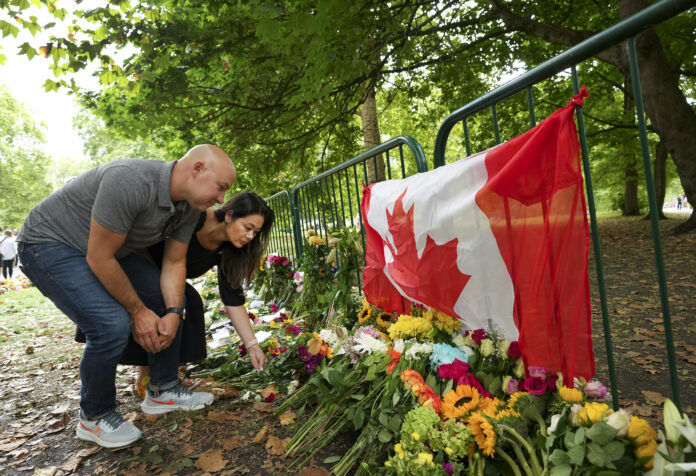It’s been 70 years since Queen Elizabeth II‘s ascension to the throne, meaning it’s also been 70 years since the world has witnessed a state funeral for a monarch of the British Royal Family.
State funerals are typically reserved for monarchs in the U.K., and the last such funeral was held in 1952 for Queen Elizabeth’s father, King George VI. A large percentage of Canadians weren’t alive to witness his funeral, and so much has changed since that time.
The population of our country has more than doubled, from 14 million in 1952 to 38.5 million today.
The coronation of Queen Elizabeth II was the first worldwide televised event.
STF/AFP/Getty Images
According to Statistics Canada, in 1952 only half of homes had central heating and 90 per cent had electricity.
Only half of Canadian households owned a car in 1952, while two-thirds had a telephone and a sewing machine.
And only 10 per cent of Canadian households had a television that year, while about 68 per cent had their own toilet and seven per cent shared a toilet with neighbours.
Also, 1952 was the year the world was introduced to Mr. Potato Head and the polio vaccine. It was also the year the Big Bang scientific theory was introduced to the public, and Great Britain tested its first atomic bomb.
Gene Kelly appears in a promotional photo from 1952’s “Singin’ in the Rain.”.
Getty Images
The iconic musical film Singin’ In The Rain premiered at Radio City Music Hall and Blue Tango by Leroy Anderson was at the top of the retail sales music charts.
The costs of homes, cars, food, gas and university tuition also look very different now than they did 70 years ago. Over time, inflation has seen these costs balloon.
Here’s a snapshot of how Canada has changed since the early 1950s. (Unless noted, prices are presented as they were at the time and have not been adjusted for inflation.)
Home prices
In 1952, the average world price of an ounce of gold was US$34.60. Today, that price is $1,672 per ounce.



